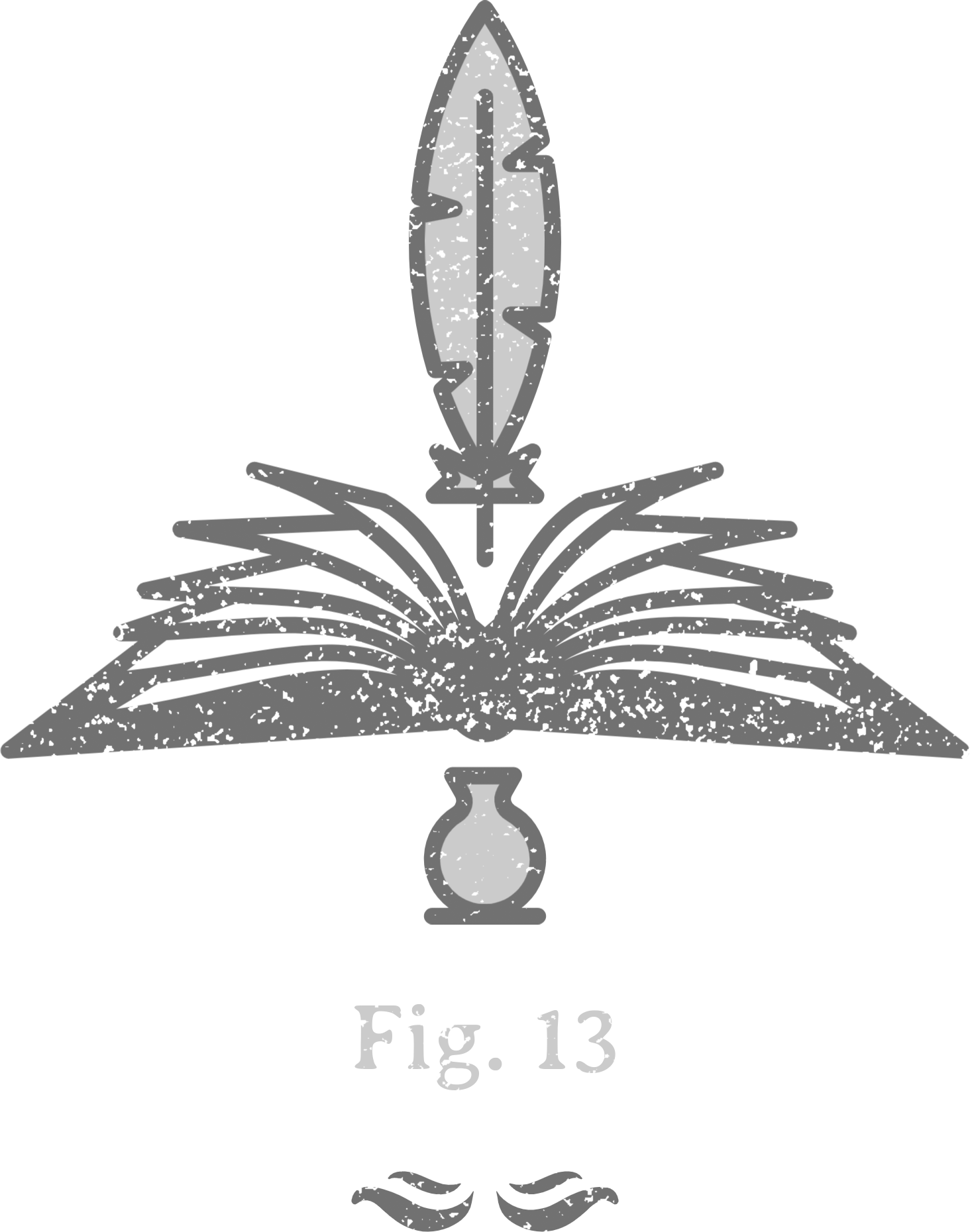The Writer's Journey: A Deep Dive into the Behind-the-Scenes Writing Process
"Writing a book is a horrible, exhausting struggle, like a long bout of some painful illness. One would never undertake such a thing if one were not driven on by some demon whom one can neither resist nor understand." - George Orwell
^^^If you are on the go you can also play audio version of this article^^^
Every book we read is the result of an author’s tireless efforts, creativity, and passion. But what really goes on behind the scenes during the writing process? From the initial spark of inspiration to the final published product, let’s take a closer look at the various stages and challenges authors face while crafting their stories. Get ready to be inspired and learn from the experiences of accomplished authors, while understanding the dedication that goes into writing a book.
Learn how authors use various techniques to spark creativity and develop their story ideas.
The first step in the writing process is finding inspiration, and authors often draw from a diverse range of sources. Personal experiences, current events, and other forms of art like movies, paintings, or music can all serve as a catalyst for a great story idea. For example, J.K. Rowling was inspired to create the world of Harry Potter while waiting for a train. Other authors, like George R.R. Martin, combine elements from history and mythology to create immersive worlds for their readers.
To spark creativity, authors may use techniques such as free writing, brainstorming, or mind mapping to develop their ideas further. For instance, free writing allows an author to let their thoughts flow without restrictions, helping them to identify potential storylines and characters.

Uncover the importance of research and world-building in creating believable, engaging stories.
Once they have a story idea, authors often embark on a journey of research and world-building to create a believable and engaging setting for their characters. Research can involve reading books, articles, or interviews, visiting locations, or even speaking to experts in various fields to gather accurate information.
For example, J.R.R. Tolkien spent years developing the intricate world of Middle Earth, complete with languages, maps, and a rich history. Similarly, historical fiction authors like Philippa Gregory conduct extensive research to bring their stories to life, ensuring historical accuracy and authenticity.
Explore techniques used by authors to develop complex character relationships and dynamics.
Characters are the heart and soul of any story, and authors invest significant time and effort into developing relatable, memorable personalities. They delve into their characters’ motivations, flaws, and growth throughout the story, creating multi-dimensional beings that readers can empathize with.
To develop complex character relationships and dynamics, authors may use techniques such as character interviews, role-playing, or creating character profiles. These methods help authors to understand how their characters interact, react, and evolve within the story, resulting in richer and more engaging narratives.
Examine different approaches to plotting, such as the three-act structure, the hero’s journey, or the snowflake method.
A well-crafted plot is essential to keep readers engaged and invested in the story. Authors create engaging plots by outlining story arcs, subplots, and turning points that propel their characters through the narrative. They may utilize different approaches to plotting, such as the three-act structure, the hero’s journey, or the snowflake method. Each method offers a unique way to structure and organize a story, ensuring a satisfying and cohesive reading experience.
For instance, the three-act structure divides the story into three parts: setup, confrontation, and resolution, while the hero’s journey focuses on the character’s personal transformation as they overcome obstacles and challenges. On the other hand, the snowflake method starts with a simple, central idea and gradually expands it into a complex, layered narrative.
Understand the role of editing and revision in refining and polishing a manuscript.
The actual writing process requires discipline, routine, and perseverance. Authors often set daily or weekly word count goals and adhere to a consistent writing schedule to maintain momentum. They understand that the first draft is merely a starting point and that editing and revision are crucial in refining and polishing their manuscript.
Editing can involve multiple rounds, including self-editing, beta readers, and professional editors, each focusing on different aspects such as plot, character development, pacing, and grammar. Authors must be open to feedback and willing to make changes to ensure their work is the best it can be.
Explore the various options available to authors for publishing their work, including traditional publishing, self-publishing, and hybrid publishing.
Once the manuscript is complete, authors embark on the publishing journey, which can take several forms: traditional publishing, self-publishing, or hybrid publishing. Each option has its own challenges and rewards, and authors must carefully consider their goals, resources, and personal preferences when deciding on the best path for their work.
Traditional publishing involves working with a literary agent and a publishing house, while self-publishing allows authors to maintain control over every aspect of the process. Hybrid publishing combines elements of both, providing authors with a flexible and customizable approach to getting their work out into the world.
Encourage aspiring authors to learn from the experiences and dedication of accomplished writers.
The behind-the-scenes writing process is a fascinating and complex journey, filled with inspiration, research, world-building, character development, plotting, writing, editing, and ultimately, publishing. By understanding the various stages and challenges authors face, aspiring writers can learn from the experiences and dedication of accomplished authors and embark on their own journey to share their stories with the world.


